Interfaith Marriage - a Brief and Imperfect History
(This post is based on Episode 007 of Your Jewish Wedding Podcast.)
Let’s talk about the history of Jewish-Interfaith marriage. But before we dive in, let's set a few things straight. I want to emphasize that my goal is not to convince anyone to marry within or outside their faith. It's about understanding the twists and turns of the Jewish Peoples’ relationship to interfaith marriage, and how it shapes our perspectives today.
The Torah itself presents us with mixed messages regarding interfaith marriage. Take, for example, the case of Abraham and Hagar. This interfaith union produced a child, Ishmael, though he went on to become a significant figure in Muslim tradition. Moses married a non-Jewish woman, and her insistence that her children grow up as Israelites is often overlooked. Ruth, a Moabite woman who married a Jew, remained with her mother-in-law after her husband’s death. She is revered as a convert to Judaism, and was the several-times-great grandmother of King David.
Fast forward a bit, and we find the rabbis of the Talmud wrestling with the prohibition against intermarriage as stated in Deuteronomy. They discussed at length the Biblical prohibition “Do not intermarry with them,” "Who is THEM?" Some argued that it referred only to specific idolatrous tribes from the Israelites’ time in the Land of Israel, not the gentiles living in the areas where Jews dispersed after the Temple was destroyed.
The Middle Ages brought actual Church prohibitions against interfaith marriage with Christians, and Jewish communities followed suit. The situation may have been different when it came to Muslims, but either way, marrying a non-Jew almost always meant conversion and moving out of the Jewish community. The phrase “marrying out” was a literal one. In order to marry someone who was not Jewish, you were so drastically changing your way of life that it was a full separation from the community.
As time marched on, societal changes came into play. The Enlightenment and the development of Reform Judaism made being Jewish more "normal." Jews, especially as they gained social and economic status, and began to live their day-to-day lives among non-Jews, slowly became more acceptable marriage partners. So, interfaith marriage started to shift from the norm of marrying "out" to a more complex landscape. Suddenly, a Jewish person could imagine living a life committed to a non-Jewish person, without giving up his or her identity.
The Modern Era: Fast forward to the 20th century. The National Jewish Population Survey of 2000 sent shockwaves through the community, revealing that 52% of American Jews were marrying outside the faith. Some viewed this as a crisis, fearing the loss of Jewish identity. However, subsequent studies have shown that nearly two-thirds of intermarried couples are raising their children Jewish, defying earlier predictions of assimilation. We’ll talk about this much more in the next post.
The history of Jewish-Interfaith marriage is a dynamic and evolving tale of continuity and change. While our past has been marked by complex challenges and shifting norms, the present offers a more optimistic perspective. Interfaith couples are finding ways to embrace their Jewish heritage and pass it on to the next generation.
If you’re looking for a rabbi to help with your interfaith or Jewish wedding, please drop Rabbi LeighAnn a message. A Jewish or interfaith ceremony that perfectly fits you IS possible.

